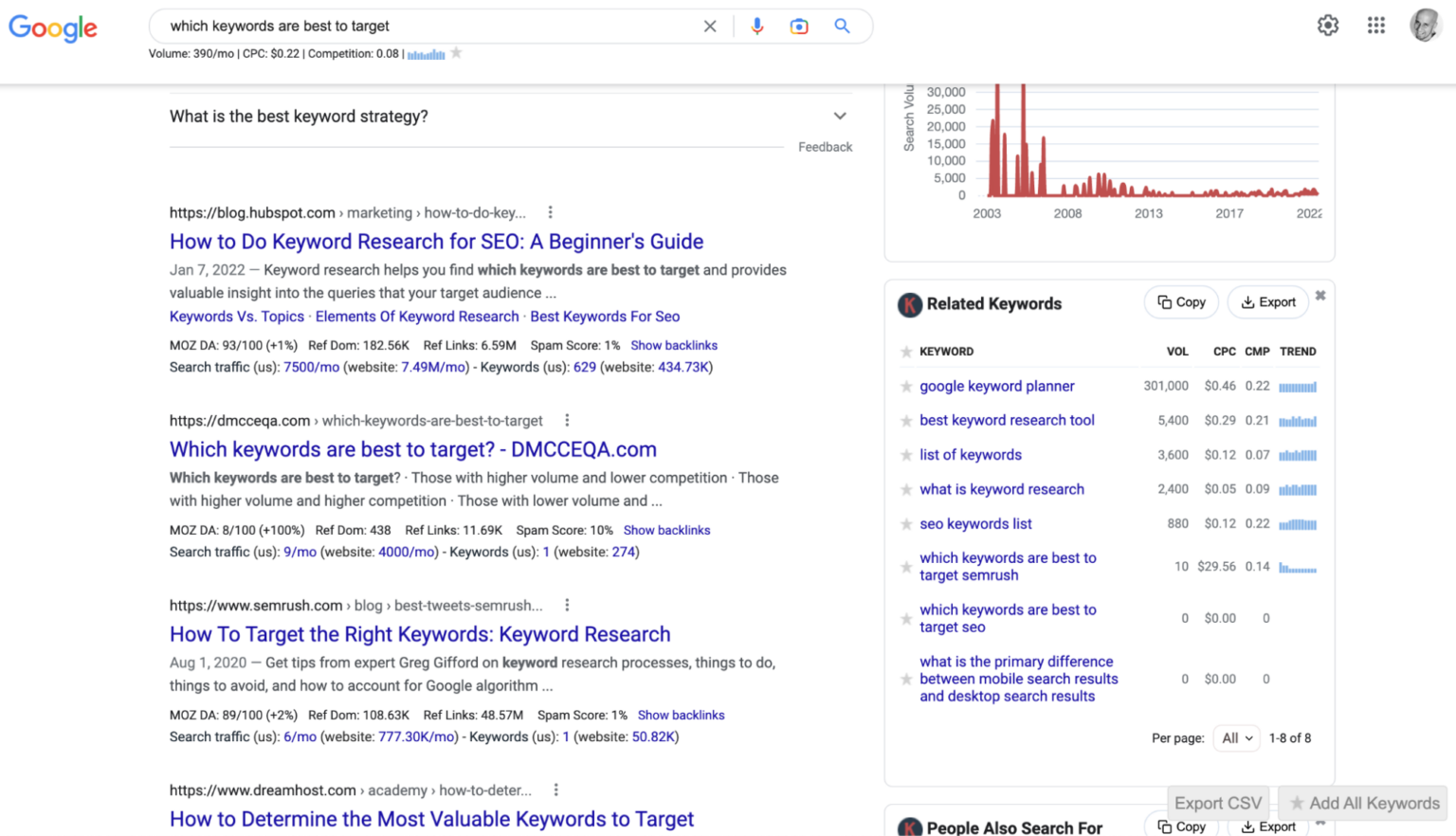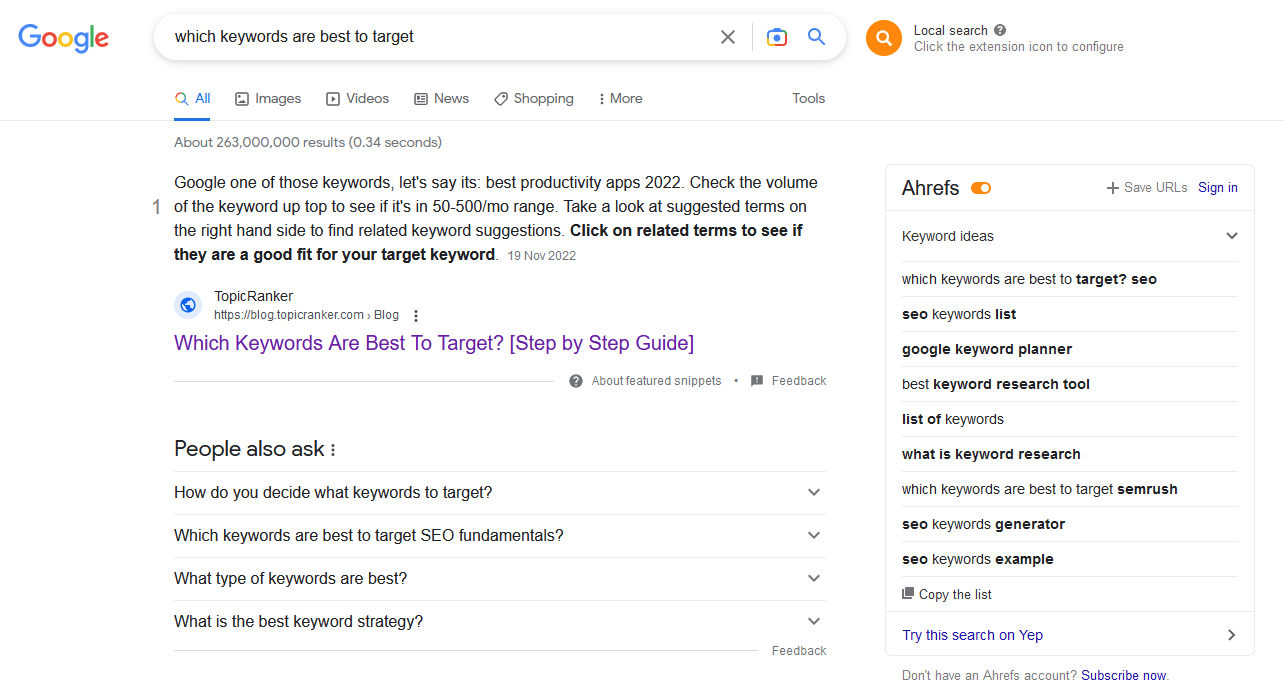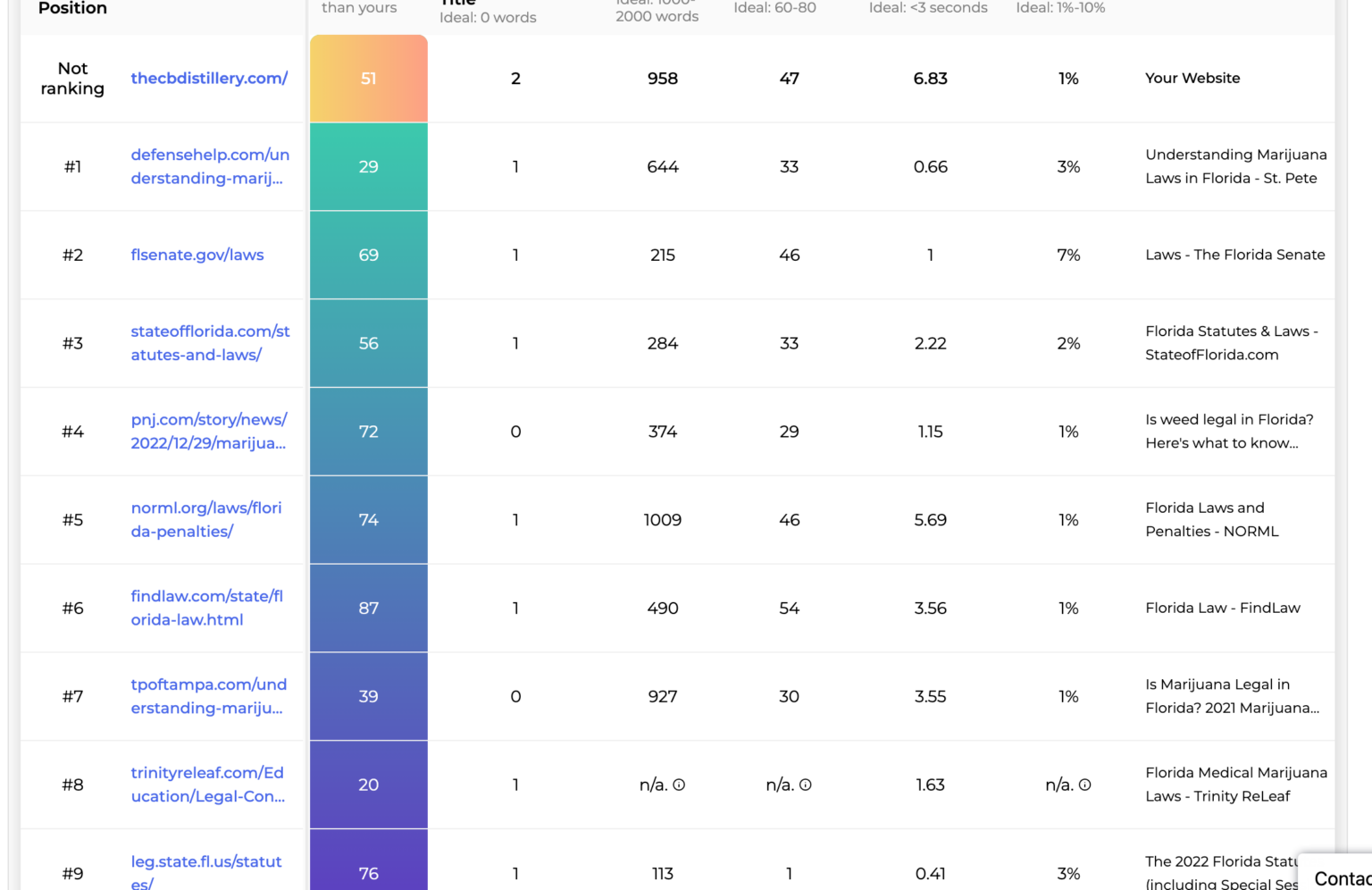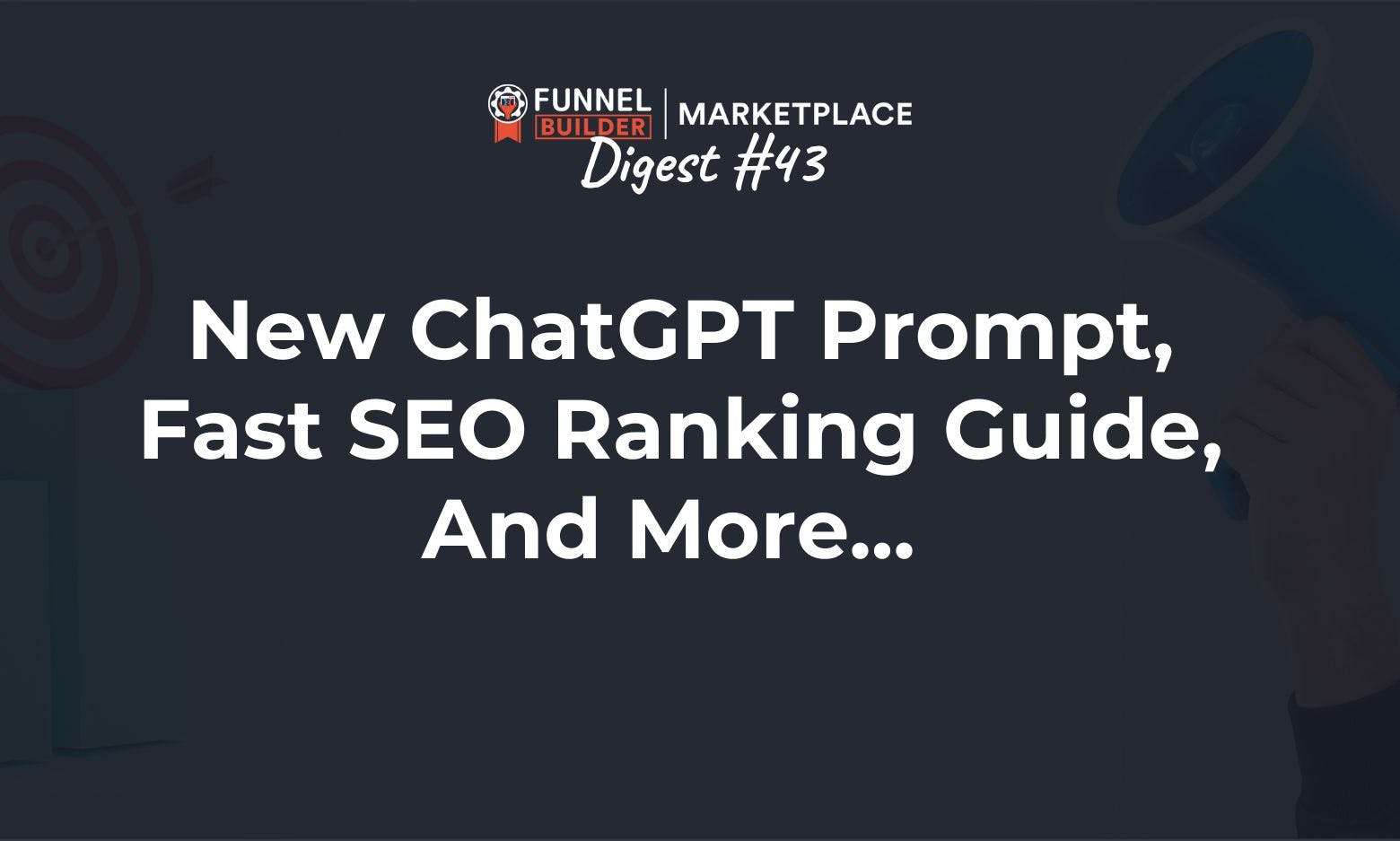Greetings from Edinburgh!
It turns out the cold and rain here are perfect conditions for uncovering gold nuggets. Here's what I've found this week:
1. FBM EXPERT TIP:
One of our certified funnel builders, Carla Lee Martinez, was asked to do a talk at a big summit recently. During that summit, she shared some very interesting insights about using ChatGPT to get deep insights into your ideal customer in seconds.
Knowing your audience is one of the keys to running a successful business. But, many entrepreneurs and business owners never invest time creating a customer avatar because you can spend weeks working on it and still not get it right.
Therefore, Carla designed a prompt that will give you a wealth of information about your ideal customer instantly.
I asked if I could share this prompt with you, and she said yes. So, here it is:
Client Avator Prompt:
Hello ChatGPT. Today, I want you to act like an expert in audience research. I am currently building a customer avatar for [target market] where I provide/sell [product/service].
Create a table with male and female customer avatar that describes a typical customer of [target market].
Make sure to include the following:
Background (Job, Career path, Family), Demographics (Age, Income, Location), Interests (Hobbies, Leisure Time, Media, Influencers), Podcasts they listen to, Books/magazines they read, Conferences they attend, Websites/apps/blogs of interest, Identifiers (Demeanor, Communication Preferences), Goals (Primary goal, Secondary goal), Challenges (primary challenge, secondary challenge), What can we do? (To help their goal, To help overcome their challenges), Common objectives (Why wouldn't they buy?), Elevator pitch.
Copy and paste this into ChatGPT, add your target market and product/service, and 15 seconds later, you will have two avatars that would have taken days, even weeks, to research the old-fashioned way.
Will ChatGPT's answer be perfect? Definitely not. However, as with everything you get from ChatGPT, you can be confident that what it has given you is at least 80% there. The final 20% is for you to finesse.
Carla Lee is offering ridiculously low prices on her services right now. If you're in the market for an expert to take your funnels to the next level, to help with marketing, or to build you a new high-converting funnel, snap her up now before someone else does.
You can drop her a message here.
2. MARKETING TIP/ORIGIN STORY OF THE WEEK:
Would you like to know how one individual, Dimitry Dragilev, got his new domain to rank #1 on Google within two weeks?
Here's how he did it:
"When I bought the domain TopicRanker.com, I was still building the software platform, so I didn’t have much to put on the website. I created a basic blog and went to work.
Because the blog and the domain were brand new, I was starting out with absolutely no popularity or domain authority. Essentially, Google would have no idea whether my blog was relevant to searchers or not.
So my goal was to find one keyword search term where the top Google search results had A TON of obvious weaknesses and problems. I found the following term:
“Which keywords are best to target”
Volume: 390/mo
It was relevant to my prospective customer, and the top search results had the following problems & weaknesses:
- Does not have the exact search term in its title
- Page load of top 3 results is above 3 seconds
- Pages which rank #2 and #4 have only 800 words in the article – too short
- Pages which rank #5 and #6 have poor readability score
These were enough to qualify this keyword for me to go after. Here is how the Search Engine Results Page (SERP) looked:

So I wrote my article by targeting the weaknesses above.
- I used the exact search term in my title.
- I made sure my page load was 3 seconds or under.
- I made sure my content was 2K+ words.
- I made sure my article had a readability score of 60+.
And… without any backlinks, the article was ranked #1 within a week.

I’ve received 100+ signups from this article alone. Here's the simple 4 step process I used:
Step 1: Make a list of topics you would like to rank for.
Think broadly about general topics that you want to or could rank for. These topics should be related to your website and stem from your core expertise.
Step 2: Check the monthly search volume (MSV) and highlight those with a relatively small number of searches.
You don’t want to target a keyword that nobody is searching for. However, high-volume keywords are often difficult to rank and usually very competitive. Instead, target keywords that have 50 to 500 people searching for them per month. At this level, you have a good chance of ranking.
Step 3: Look for weaknesses in the SERPs.
Once you’ve found keywords you could rank for, the next step is to analyze the competition for a range of weaknesses that will make it easier for you to rank.
I used my tool TopicRanker to help uncover weaknesses quickly. All you have to do is plug in your keyword, and it will give you valuable information about the current ranking pages. Here's how it looks:

The key weaknesses you want to look for are:
Domain authority:
If you find that the top 10 spots on Google have a lower (or similar) Moz DA than yours, there’s a good chance you will outrank them for that keyword.
Title mismatches:
This is when words are missing from the meta title that are included in the search query. Ideally, there should be none missing. The page title should match the search term. This has a serious impact on SEO as readers are likely to skim over it.
Low word counts:
The word count of your article should be between 1,000 and 2,000 words to be competitive. A low word count on the ranking articles is a sign that they are thin in content and could be improved.
Readability:
Content should be written at a 7th to 9th-grade reading level, which corresponds to a Flesch Reading Ease Score of 60 to 80. A reading level of 10th grade or over (or a Flesch score of under 60) is challenging for most online readers.
Load times:
According to Google, the load time of a web page should be under 3 seconds. If the top articles for your keyword show load times higher than this, you can outrank them by producing a faster-to-load page.
Spam scores:
You can use SEO tools to determine the spam scores for the pages in the top 10 results. If they have spam scores of over 10%, you have a chance to rank by developing better content that’s less spammy and more informative.
Article age:
You need to have current content, meaning 6 months or less. If it’s older than 6 months, it’s time to update it! I try to update all my content every 2 months.
Forum sites:
Google hates ranking Quora, Twitter, Facebook, Medium, LinkedIn, etc. on the first page for informational searches where people are looking for articles. If you see one of these on the first page of Google, it’s a dead giveaway that Google is starved for content.
Mobile compatibility:
Google prioritizes this a great deal, if your site loads slowly on mobile Google will penalize you, so make sure your site loads fast on mobile. You can test your site here.
Step 4: Start creating!
With a list of easy-to-rank keywords and a vision of the content you need to create, there’s nothing left to do but write. So it’s time to get started!
3. TOP TIP FROM A FELLOW COMMUNITY MEMBER:
I absolutely love this next tip.
Whilst not technically from a community member (let me know if you're reading this Colin), I think it's something that every business owner and entrepreneur will benefit from hugely...
It's called the "70 Percent Rule". The 70 Percent Rule helps you make faster decisions and drive you towards success. Developed by General Colin Powell, this principle emphasizes the importance of being decisive and adaptable in uncertain situations.
General Powell explained it this way, "When you have 70% of the information you need to make a decision, go ahead and decide. You can never know 100% of everything."
Subconsciously, unless we are certain that a particular course of action will be successful, we drag our feet and procrastinate. This fear stops us from taking action. We don't run that ad, we don't host that challenge, we don't call the local media company to see if they'd be interested in running a story on us.
The 70% Rule is your way of fighting back against this subconscious brake. Once you have 70% of the information or 70% certainty, make that decision, take action, and watch what happens to your results.
A great example of this is Elon Musk. When he decided to enter the space industry, he didn't have 100% certainty or all the information he needed. However, he took the leap based on the available data and his belief in the potential of reusable rockets.
Now, SpaceX has revolutionized the space industry with its Falcon 9 rocket and ambitious plans for Mars colonization.
A study by the Wharton School of the University of Pennsylvania supports this approach. Researchers found that successful entrepreneurs who follow the 70 Percent Rule are more likely to be decisive and seize opportunities, ultimately leading to greater success in their ventures.
So, embrace the 70 Percent Rule and empower yourself to make informed decisions, seize opportunities, and share your results with me. In the end, it's about learning to trust your instincts, adapt, and grow from the experiences life offers.
4. FUNNEL OF THE WEEK:
I have to say, I am particularly fond of this funnel/landing page. It has been designed with many of the factors we discuss in mind.
You know the rules, check it out and let me know what you like and what you would test:
5. FOOD FOR THOUGHT:
"Success is the child of preparation and opportunity; those who plan and act shall find their destiny."
— William E. Henley
Lang may yer lum reek*,
Lee

Italy here we come!

